There is a lot of debate going on right now about the future of the World Rally Championship. A new working group, headed by David Richards and Robert Reid and with significant pressure being applied by the FIA President, is feverishly working on a plan for what the future of rallying should look like.
In a recent DirtFish article, David Evans suggested it was time to make major changes. One of the main things argued for by David and many others – myself included – is that it is time to ditch Rally1.
As I write this, it looks like the hybrid machines might at least survive until the end of 2026, but some kind of change beyond that appears inevitable. While the thinking behind the technical regulations introduced for 2022 was, no doubt, well-intentioned, the reality is that the concept just hasn’t worked.
Part of the magic of rallying for me was that it was always accessible and offered talented amateurs the chance to go up against the very best in the world. It was also a place where you could see the most unlikely cars in direct competition.
One of the big issues with the Rally1 regulations is that not only have they failed to attract any new manufacturers, those precious privateers are now even more alienated than they were during the 2017-2021 World Rally Car era.
The FIA has announced a sticking plaster in the shape of allowing Rally1 machinery to be used without the hybrid system in 2024 but, while it may facilitate a couple of well-healed privateers entering the odd rally, it’s by no means a long-term fix.
As David said, the obvious path to facilitating the return of privateers is to base the championship around the Rally2 regulations.
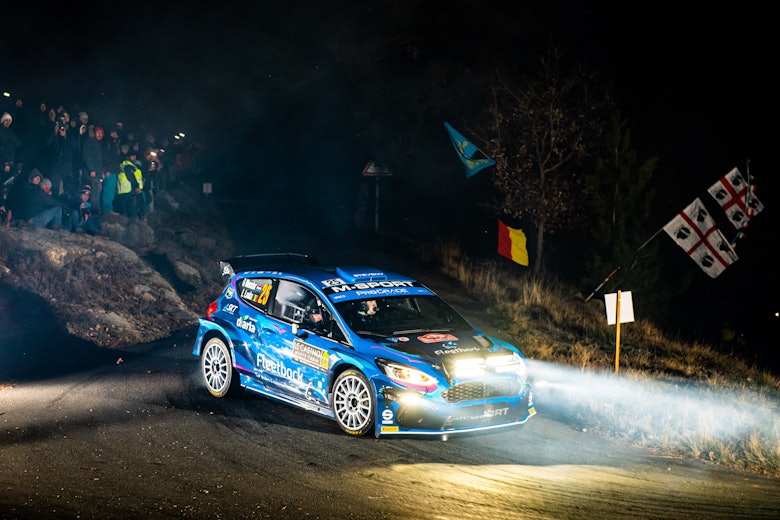
While some manufacturers are against it, I believe it should be possible to allay their concerns if the right budgetary constraints are put in place to supplement the existing cost cap – especially if we can find a way to incorporate a hybrid element in the future.
All of this uncertainty has got me wondering if perhaps the FIA and WRC have taken things too far and made rallying too elite. Rather than constantly looking to go faster, would it improve the spectacle if we looked in the opposite direction and gave more opportunities to those further down the rallying ladder?
I would encourage Messrs Reid and Richards to seriously consider the idea because, as well as seeing privateers in top cars, I would argue that there is nothing more exciting than seeing a committed crew putting a lower-category car in places it has no right to be.
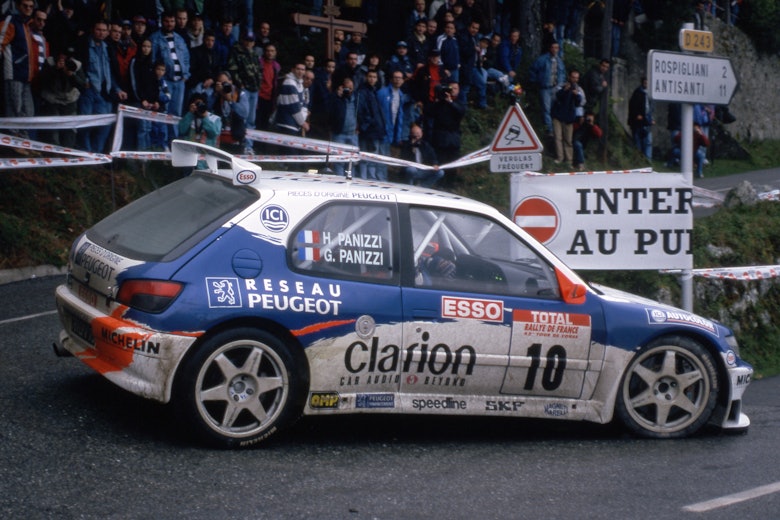
Perhaps the most obvious example of this is the Formula 2 kit cars of the late 1990s.
The sign that it was possible for a 2-liter, two-wheel-drive machine to win a WRC round outright – much to the ire of the top WRC teams – had been coming since as far back as 1997, when the Peugeot 306 Maxi Kit Cars of Gilles Panizzi and François Delecour had only been denied the chance of Tour de Corse victory by inclement weather.
Two years later, the inevitable happened. Philippe Bugalski drove a Citroën Xsara Kit Car to victory at Rally Spain and then again just a fortnight later at the Tour de Corse. Yes, the Xsara was a purebred Tarmac racer, but it was thrilling to see a second-tier car humbling the latest World Rally Cars.
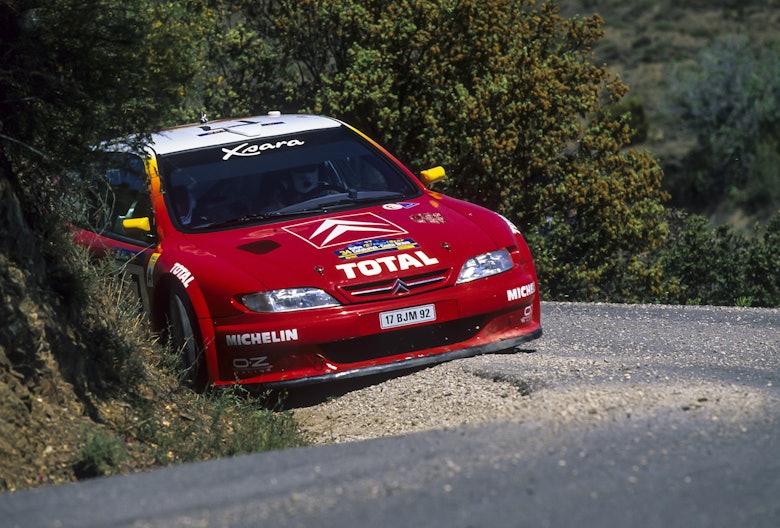
Go back further and the WRC archives are littered with similar David versus Goliath encounters: from Lancia beating the might of Audi in 1983 with the rear-wheel-drive 037, to Bernard Béguin winning the 1987 Tour de Corse in a BMW M3 against Yves Loubet in the all-conquering Lancia Delta HF 4WD.
Even the humble Renault 11 enjoyed a moment in the spotlight, with Jean Ragnotti finishing third at that same 1987 edition of the Tour de Corse in a car with front-wheel drive and a tiny 1.4-litre turbocharged engine.
Such achievements are the stuff of rallying folklore.
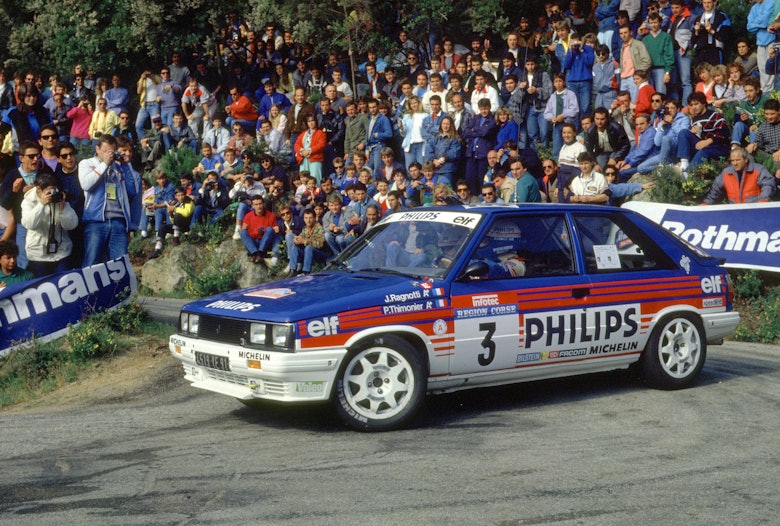
We do still see the occasional example of course. The 2023 ERC3 champion, Jon Armstrong, has shown almost obscene pace in a Ford Fiesta Rally3 at times, while Hiroki Arai put a Peugeot 208 Rally4 in the top 10 at this year’s Rally Japan.
Wouldn’t it be nice to see it happen more often though?
Putting the top drivers in Rally2 cars and exposing them to potential humiliation by surface specialists or local heroes who know every inch of the road is a step in the right direction, but making rallying more accessible and exciting doesn’t have to just be about giving privateers access to top-level cars.
How about allowing a slightly larger turbo restrictor for Rally3 cars so that someone like Jon Armstrong can put the cat among the pigeons?
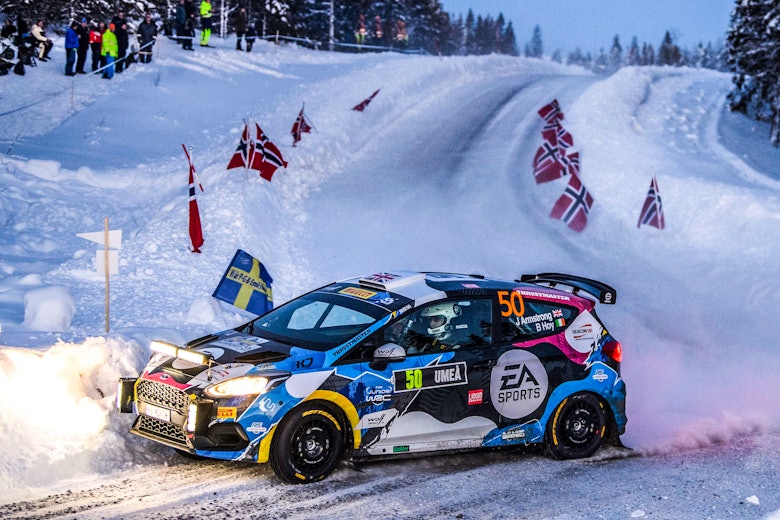
Or, in the same mold as the Citroën Xsara mentioned earlier, why not allow a kit of parts to be homologated to upgrade a Rally4 car?
Imagine a Peugeot 208 or Ford Fiesta with bulging wheel arches, its engine wound up to 250bhp, and flames shooting out of an obnoxious side exit exhaust as it popped and banged its way to asphalt glory.
There is no doubt that the past two generations of top-category cars have delivered some fantastic moments, and the FIA and WRC have done a great job of creating close competition within each class. The problem, especially at the top of the sport, is that there just aren’t enough cars in some of those classes.
Rather than relying on manufacturers to fill the vacant spaces within each class, maybe the current period of turmoil is the perfect opportunity to open things up and allow them to demonstrate the strengths of different technologies or design philosophies.
Regardless of what replaces Rally1 in 2027, it is vital to find a way to bring privateers back to the top class. But, alongside that, let’s also find a way to allow people in the lower categories a chance at glory.
Let’s inspire the next generation of rally fans with tales of the little guy taking the fight to the big boys and scoring victory against all the odds.
Those stories are at the heart of what makes this sport so special.





